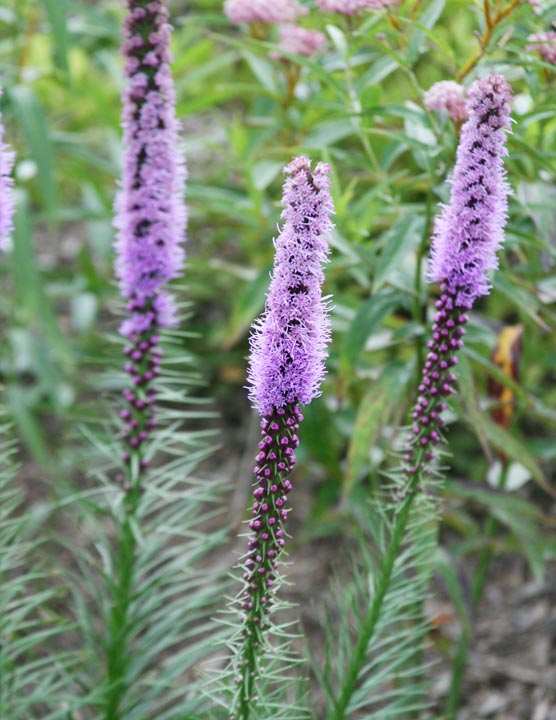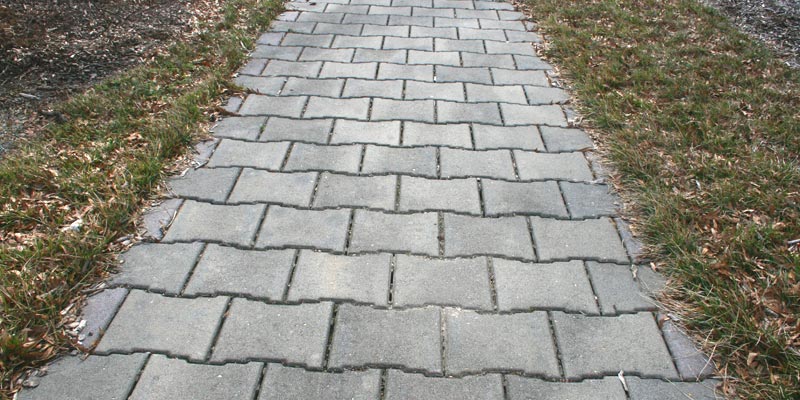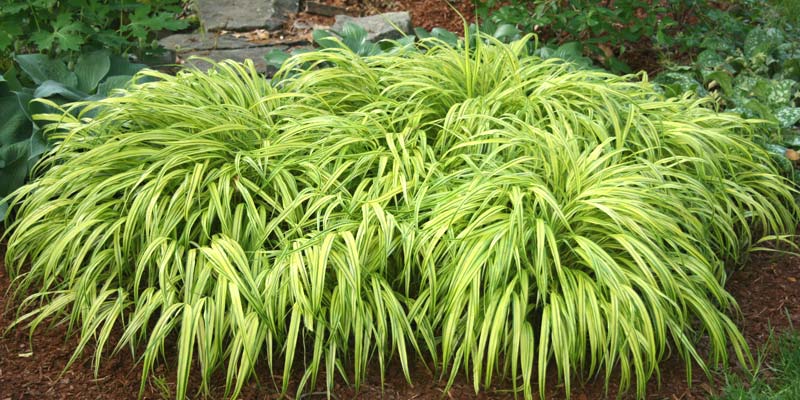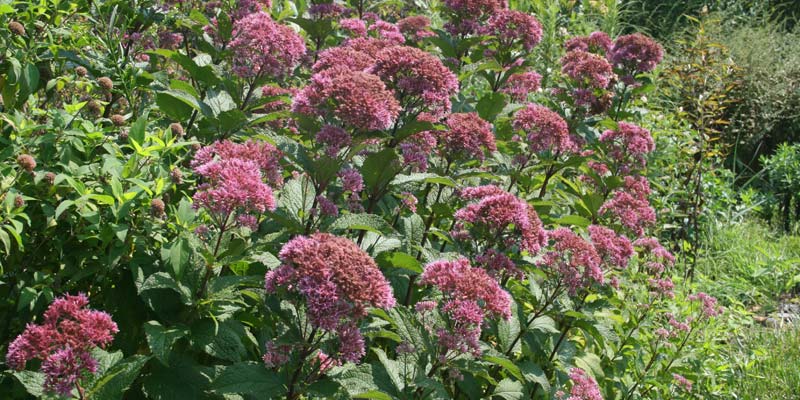Sustainable Landscaping: Why and How

Carol Allen, one of our regular speakers at Behnke’s, is an expert in sustainable landscaping—she teaches graduate-level courses on the subject and she’s been employing sustainable gardening techniques at her own home for years. She recently gave a class at the nursery, explaining why our landscaping practices need to be more sustainable and how to achieve results. Here are some of the takeaways.
Why
Because carbon emissions are causing our planet to heat up like a greenhouse and the rising temperatures are affecting every part of our ecosystem.
Because dense human populations and decreasing natural areas are creating environments where insects and other animals can’t find food and shelter.
But it’s even more important for residents of the DC/Baltimore area because we live in the Chesapeake Bay Watershed (i.e. the land that drains into the Chesapeake Bay). It’s actually the largest land area that drains into a single water source in the U.S. And because we live in this area, everything we do to our land impacts not only the land, but our streams and rivers and, eventually, the Bay. When fertilizers and other chemicals run down the storm drain and into the Bay, they cause huge algae blooms that block out light and oxygen, preventing other plants and animals from living there.
And yes, big agriculture and builders are partly to blame, but as homeowners, we still have a huge impact and changing the way we garden and landscape our properties could go a long way to solving these problems.
So what are the steps you can take? Keep reading!
Sequestering Carbon
This is when carbon is taken out of the atmosphere and held in the Earth. The good news is, trees and shrubs are great at it! They hold carbon in the soil around their roots and in their leaves and branches. They also cover bare soil which loses carbon to the atmosphere.
The bad news is, we’re great at the inverse: putting carbon into the atmosphere. To counter the effects of driving 26,000 miles in a year, you would need a whole square acre of trees for yourself. So, plant as many as you can, and maybe cut down on gasoline-powered gardening tools while you’re at it.

Reducing Runoff
Did you know that there is no filtration between your storm drain and the Chesapeake? So to prevent pollutants from tainting local waterways, you can trap it in your yard and filter it into the ground. There are a number of ways to do this:
- Replace impermeable surfaces with permeable ones (e.g. replace a concrete walkway with a mortarless brick one).
- Plant a rain garden (a depression, filled with plants that storm water is funneled into and slowly drains into the soil).
- Plant more trees! They break the velocity of rainfall so that it stays in your yard and also channel water down the trunk and into the soil.
- Always keep soil covered, whether with mulch or plants or both.
- Always water deeply and infrequently instead of the other way around.
- Use plant material adapted to this region. Carol was quick to point out that this doesn’t necessarily mean natives. Though native plants can be good in other ways, plants that evolved in our area centuries ago may not like the builder-grade soil of the present. This is more right plant, right place advice. As long as it’s not invasive, if it’s right for your conditions, it will need less water, fertilizer and pesticides.
- Limit turf grass to reduce water and chemical needs. Good alternatives are Carex pennsylvanica (drought tolerant, shade tolerant and evergreen, it should be mowed once, early in spring, then not again), Ophiopogon japonicus ‘Nana’ (evergreen, likes light shade and only grows 4 inches tall), and Hakonechloa (this one gets taller—12 inches to 14 inches—but is very soft and flowy). Just make sure to mix and match these with other plants to avoid a monoculture that’s easily destroyed by pests.

Improving Home Energy Efficiency
Once again, increasing tree cover will help. If properly placed to shade your house, trees can cut summer air conditioning use by 50%! Go with deciduous trees to cool your house in summer, but allow it to warm up in winter.
Decreasing impervious, hard surfaces that hold on to heat can also help cool your home.
And, a really easy way to cool things down is with trellises. Put trellises on the sides of your house and plant them with annual vines, like moonflower and hyacinth beans. Like the deciduous trees, the vines will help cool your house in summer and then in winter when they’ve died back, the sun will hit your house and help heat it.
Increasing Biodiversity
Growing a diverse range of plants in your yard will encourage beneficial insects that eat pest insects, decreasing the need for pesticides. Decrease turf where you can and replace it with a wide variety of trees, shrubs and perennials, using natives where you can. Make sure that you have a good range of structural complexity—i.e. tall, medium and low-growing plants.

Restoring/Creating Habitats
Encourage animals and insects in your yard. You can do this by getting rid of large swathes of the same plant (i.e. monocultures) and increasing the biodiversity, planting food plants (like berried plants for birds and leafy plants for insects, like milkweed for monarchs), providing shelter and water, limiting your use of pesticides and replacing invasive plants with native ones.
A Few More Notes
Carol was adamant that contrary to popular belief, you don’t need to fertilize trees and shrubs and you don’t need to compost. Fertilizer is a common pollutant in the Bay so you should at least limit your use of it, but if the plant is chosen and sited well, its symbiosis with the microbes already in the soil is enough—it doesn’t need extra nutrients. We have a tendency to fertilize when a plant doesn’t look well, but what we really should be doing is finding the true cause of its ailment and fixing that, whether it’s an insect pest, it’s in the wrong location or the neighbor’s dog keeps using it as a toilet.
As for compost, it’s useful if you’re putting in a new garden and need to improve the aeration of the soil, but after a few years of adding it in, your soil shouldn’t need it. Compost tends to be high in phosphorous which is the number two pollutant in the Bay. Putting excess compost in your yard causes phosphorous to leach out and run off into the Bay. But what about those pesky leaves in fall? Carol lets them lie. They return nitrogen back to the soil and, after all, if you don’t have turf for them to smother, they’re not an issue.
Though Carol is quick to poo-poo the internet as a place for reliable information, if you’re looking to learn more about any gardening topic the Missouri Botanical Garden’s website is a great place to go.

This Post Has 0 Comments